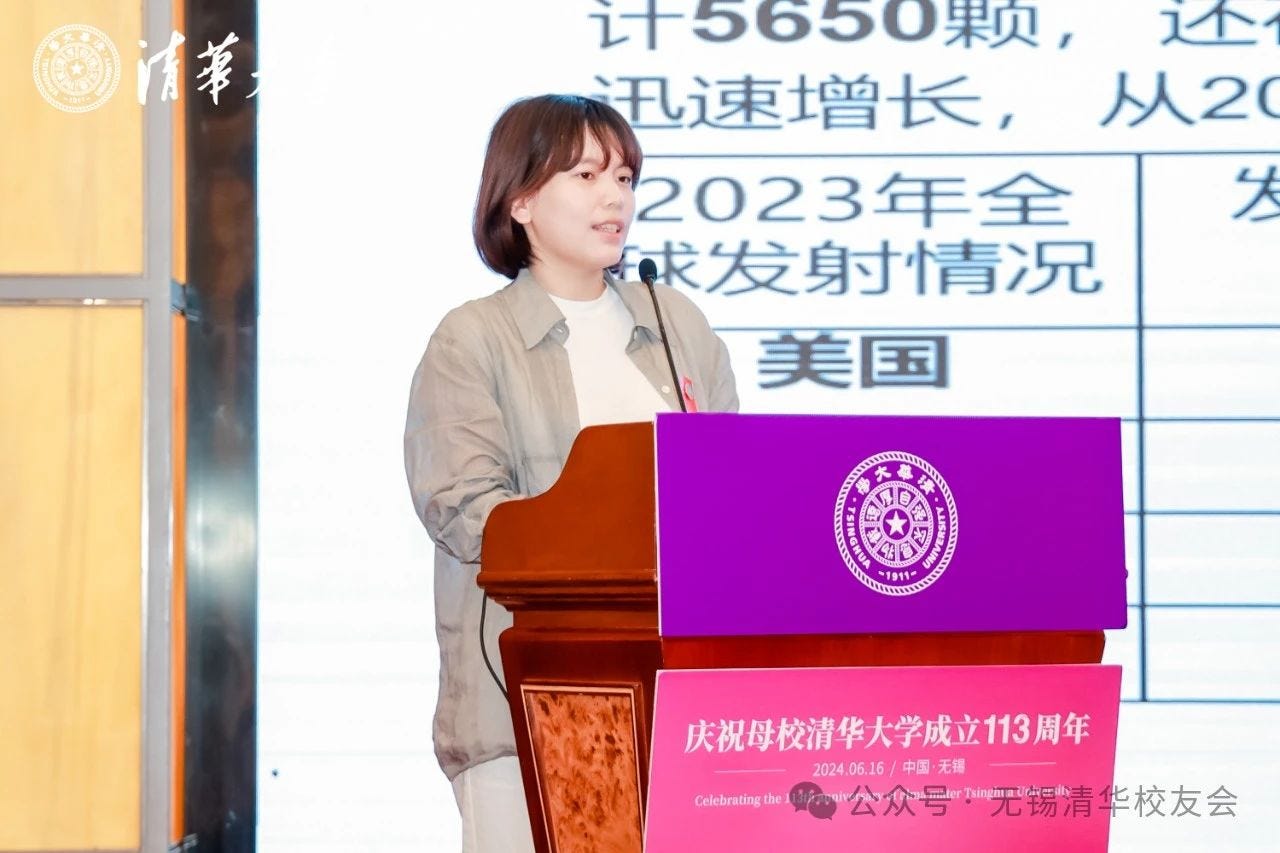Orienspace's Gravity-1 to Fly Again After Long Hiatus
It has not been a straightforward or speedy time between launches.
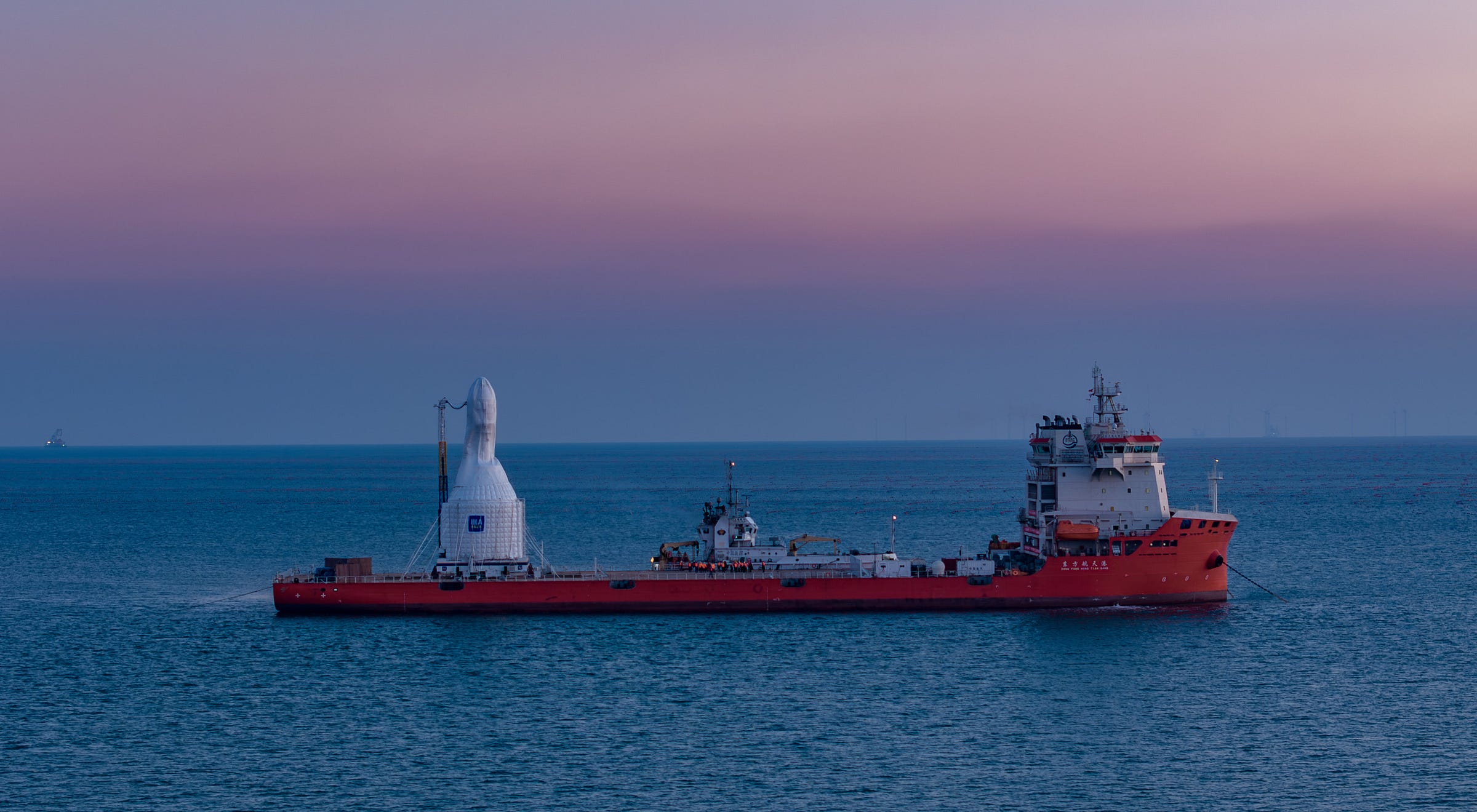
Twenty-one months ago, Orienspace appeared on the global space launch radar through the debut flight of its Gravity-1 launch vehicle. That launch saw massive solid rocket boosters ignite on a sea-launch platform in the Yellow Sea off the coast of Haiyang (海阳市), Shandong (山东) province, to carry three meteorological satellites into orbit.
For the then-unknown Orienspace, Gravity-1’s flight was a significant proving of the company’s capabilities as the rocket was by no means small, becoming the world’s most powerful solid-fuelled vehicle. When prepared for launch, the rocket stands about 30 meters tall and weighs 405,000 kilograms, with the first-stage consisting of four side-mounted solid rocket boosters, each generating 150 tons of thrust, for a combined thrust of 600 tons. Following those are two similar motors lit in the air for the second and third stage, with a much smaller fourth stage providing orbital insertion. Through the use of seven solid rocket motors, Orienspace claimed that Gravity-1 can deliver 6,500 kilograms to low Earth orbit, or 4,200 kilograms to sun-synchronous orbit.
Adding to the hype generated by the rocket’s capabilities, Co-Founder of Orienspace Yao Song (姚颂) quickly sat down with the media to boast about Gravity-1’s costs, stating it was the cheapest commercial launch option in China with a cost per kilogram1 of 5,000 to 6,000 United States Dollars. At that cost, the launch vehicle had a per-flight cost of around 32.5 to 39 million Dollars, already significantly higher than similar proven reliable state-backed solutions. Despite that, Yao added that Gravity-1 already had many contracts to launch ‘hundreds’ of spacecraft.
While many contracts were claimed to be on the books, Gravity-1 has only flown once, and Orienspace has provided few updates. So what went on in the months since?

A long gap between flights
Shortly after its maiden flight, it was reported that Gravity-1 would fly two more times in 2024, for a total of three flights that year. Several months later, with no subsequent launches, a second flight was delayed to the end of the year.
In August 2024, reporters were invited to see Orienspace’s preparations for Gravity-1’s second flight. At the Haiyang Oriental Spaceport (海阳东方航天港) members of the media were shown the solid rocket motors and vehicle structures for the mission, scattered around a building the company was ‘temporarily’ using while a dedicated building was being built. With their situation then, Wang Wuqin (王武钦), a Project Manager for the company, explained:
“Rocket assembly currently relies mainly on manual installation rather than mechanical automation, so the production cycle of a rocket is still relatively long, and the fulfillment cycle of a satellite launch is about half a year.”
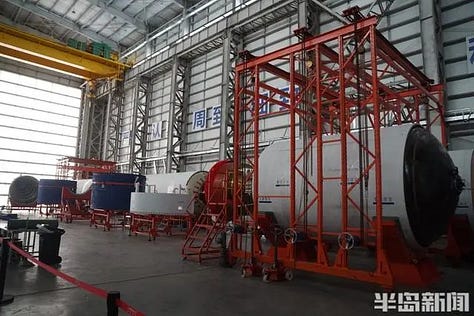
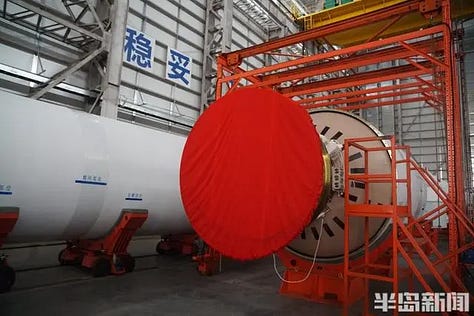
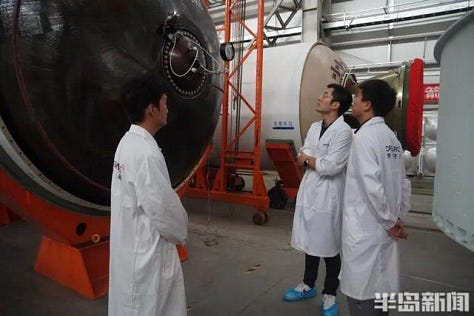
Six months after the media’s visit, a Gravity-1 vehicle was not assembled or ready for flight. Over a year after the update on the second flight of Gravity-1, it was mentioned in September that a flight could occur in the fourth quarter of 2025, but no hardware status was provided.
While Orienspace was taking tiny steps towards a second flight over the last twenty-one months, the company’s leadership was reportedly having disagreements with one another. Leaning on unnamed sources, reports began to say in December 2024 that Yao Song was pushed out of his Co-Chief Executive Officer role after becoming the Executive Director of the Tsinghua Entrepreneurs Association, with company Co-Founder Peng Haomin (彭昊旻) claiming that Yao was only a ‘financing leader’ in an internal meeting. Following that, reports claimed that Bu Xiangwei (布向伟), OrienSpace’s Chief Technology Officer, was made Chairman and Chief Executive Officer of the company. It was added that OrienSpace was struggling to secure additional funding, with investors wanting to see the launch of the second Gravity-1 first.
Reports from December would end up being wrong for a few months, as in August, Orienspace raised a few hundred million Yuan. With the new funding, the company reshuffled its leadership (not saying who’s now doing what) while having Yao Song depart, allowing him to enter the Artificial Intelligence industry (for a return to software ventures).
Orienspace has remained opaque in who’s leading the company now, with the most senior person named in a recent publicly available item being Peng Haomin (a job title wasn’t stated), who also mentioned the targeted launch period for this year. Peng jointly founded the company in 2020, having studied Physics at Tsinghua University (清华大学)2 and Computational Biology3 at Stanford University, with experience innovating and internationalizing some of China’s autonomous driving and high-tech investment capabilities. Under Yao’s tenure, she managed engine development for the company’s planned reusable launch vehicle, being named on the vast majority of related patents.
Since having mentioned when Gravity-1 could fly again, Orienspace’s engine and reusable rocket development has resumed, with two Yuanli-110 engine tests in September, as well as an earlier firing of the ‘commercial off-the-shelf’ YF-102 engine to accelerate launch plans. Peng expects that her company’s reusable rocket will be nearly flight-ready by the end of the year, in line with a delay from March.
Gravity-1’s return
To loop back to Gravity-1’s second flight, the vehicle has recently been spotted in port at Haiyang under its protective cover and attached to commodity supplies on its launch ship. Meanwhile, local outlets are reporting that a launch is imminent on October 11th. Aligning with that are hazard notices for a launch near Shandong province at around 10:00 am China Standard Time (02:00 am Universal Coordinated Time) for the same day.
As is standard for Chinese launch missions, the customer satellites atop of the rocket are currently unknown. It also remains to be seen if this Gravity-1 will have a sponsor, like the first did from HLA Group4.
If this weekend’s Gravity-1 flight succeeds, it will be a needed boon for the company after its inactivity in launch solutions, falling behind competitors like Galactic Energy and LandSpace. Hopefully, a third flight won’t take until July 2027.
Cost per kilogram can be a misleading metric to measure the affordability of launch solutions.
China’s top university, based in Beijing.
Via Britannica: Computational Biology is a branch of biology involving the application of computers and computer science to the understanding and modeling of the structures and processes of life.
A fast fashion clothing brand.



